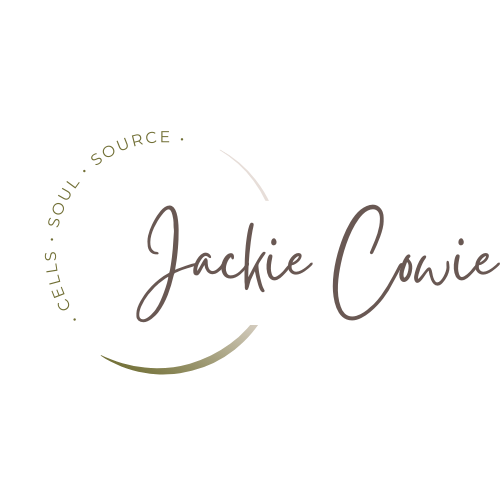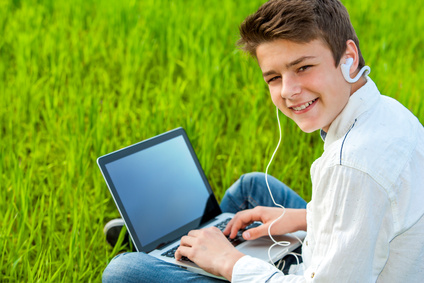Tips for parents to help reduce the risk of neck and back pain in teenagers
It’s all very well giving you the stats about sedentary kids and their use of technology but how do you actually reduce the risk of neck and back pain in teenagers? Here’s how:
- Get your kids moving. The fitter children are, the more their backs can withstand periods of sitting still. To increase fitness levels, your child should be more active which can be achieved by doing activities such as walking to school, riding a bike or going for a run.
- Teach them how to sit. It’s important that children learn the correct way to sit when they’re using a computer. Teach them to keep their arms relaxed and close to their body and place the arms on the desk when typing. Make sure the top of the screen is level with the eyebrows and the chair is tilted slightly forward, allowing for the knees to be lower than the hips and the feet to be flat on the floor. Using a laptop or tablet away from the desk will encourage poor posture, so limit time spent this way.
- Don’t sit still for too long. Make sure children take a break from the position they’re sitting in on a regular basis and stretch their arms, shrug their shoulders and move their fingers around. This helps keep the muscles more relaxed.
- Lead by example. Maintaining good posture and promoting good back health is something that everyone should be doing, adults and children alike. If you make it a priority, it’s easier for your children to see the relevance.
- Seek medical advice. Seek professional advice if your child is experiencing pain which has lasted for more than a few days. If your child wants to be more active, check that there are no medical reasons why they should not exercise, particularly if they are not normally physically active.
For more information on how to maintain a healthy posture, the British Chiropractic Association has developed “Straighten Up“. It’s a simple, 3 minute exercise programme for all ages, designed to help strengthen the spine and improve posture and help joints. Watch the short video here.


